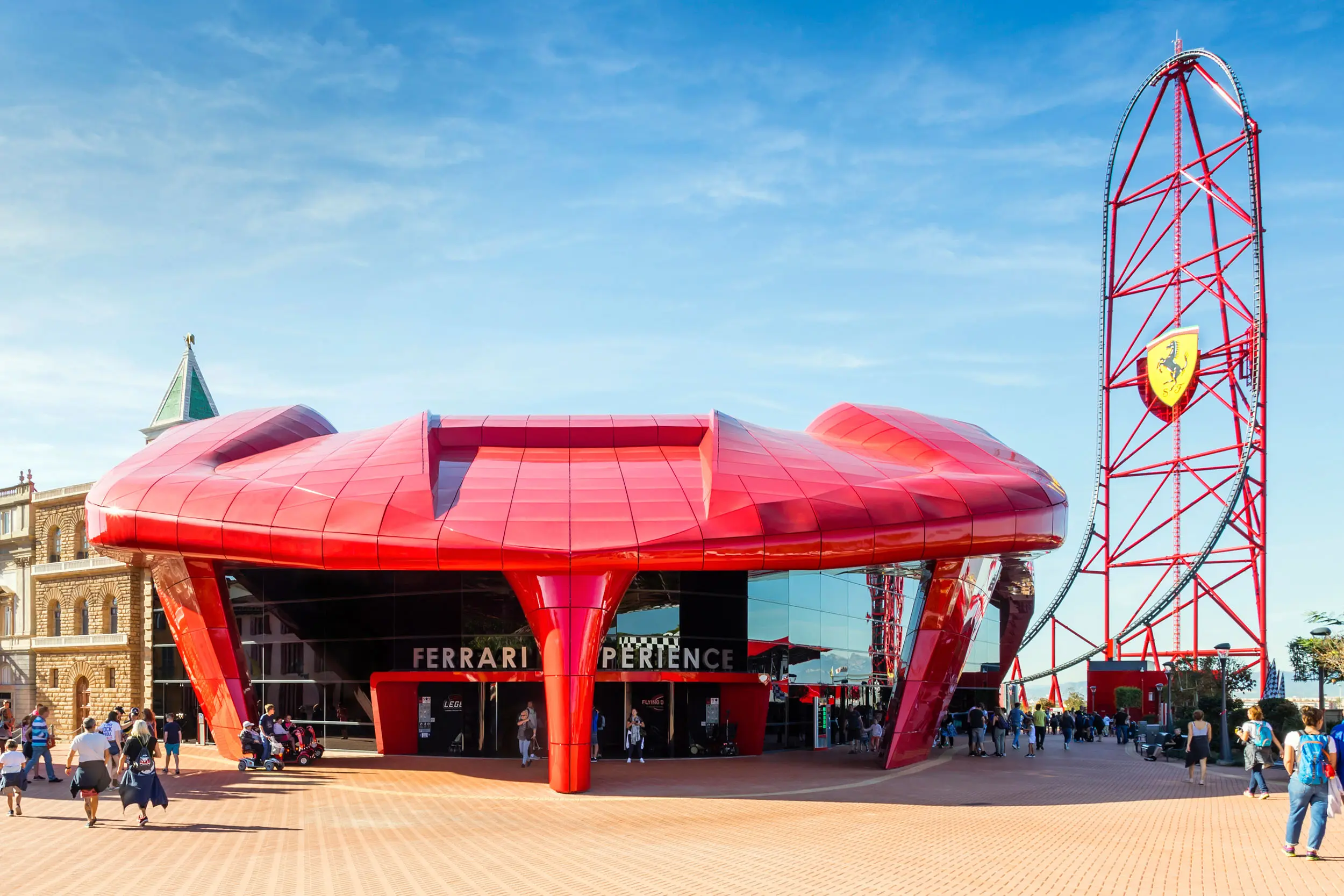Energy efficiency of buildings: We explain the new European Directive (EU) 2024/1275
On 8th May, the Energy Performance of Buildings Directive (EU) 2024/1275 was published in the Official Journal of the European Union. As of 2030, all new buildings should be zero-emission. By 2050, this obligation will extend to all existing buildings within the European building stock.
New buildings owned by public bodies should be neutral from 2028 onwards, and exemptions for agricultural buildings and those of cultural and historical value are envisaged.
Why is it necessary to adopt energy efficiency measures in buildings?
Buildings account for 40% of energy consumption and 36% of greenhouse gas emissions in the EU, according to data from the European Commission. In December 2020, the target of reducing these emissions by 2030 was increased to at least 55% compared to the previous 40% under the European initiative called “Goal 55” for the climate in July 2021.
When did Directive (EU) 2024/1275 enter into force?
The Directive came into force on 29th May 2024, and member states will have up to 29th May 2026 to transpose it into their respective legislative frameworks.
What is a zero-emission building?
Zero emissions buildings are defined as those that maintain extremely low energy demand and do not generate carbon emissions from fossil fuels, in addition to having zero or minimal greenhouse gas emissions.
Emission reduction targets
From 2030, all new buildings should be climate neutral, and new buildings owned by public authorities should meet this target by 2028.
In the case of residential buildings, a reduction in primary energy consumption of at least 16% by 2030 and between 20% and 22% by 2035 should be ensured. By 2030, 16% of the less efficient non-residential buildings must have been renovated and 26% by 2033, meeting minimum energy efficiency requirements.
If technically and economically appropriate, member states will have to gradually implement solar installations in public and non-residential buildings, depending on their size, and in all new residential buildings by 2030.
The Building Renovation Passport
By 29th May 2026, member states will have to implement a system of building renovation passports, which may be voluntary for landlords unless it is decided to make them mandatory.
An economic stimulus for energy efficiency of buildings
Member states should encourage the development and effective use of financial tools, such as reduced tax rates for renovation works and materials. In addition, financial aid will be linked to the energy efficiency of equipment or materials used in renovations and to the reduction of greenhouse gas emissions, ensuring that the installation is carried out by certified or qualified installers.
News about the Energy Efficiency Certificate
An important innovation of the Directive is the inclusion of Global Warming Potential (GWP) in the energy performance certificates of buildings, starting from 1st January 2028 for new buildings with more than 1000 m2, and from 1st January 2030 for all new buildings. The energy efficiency certificates will be updated before 29th May 2026 to reflect this new scale, where letter A will correspond to zero-emission buildings and G to the least efficient ones.
The directive stipulates that member states must implement the necessary actions to develop a certification system for the energy performance of buildings. In addition, they shall have the power to establish an A+ energy efficiency category, which corresponds to buildings with a maximum energy demand threshold of at least 20% below the maximum threshold applicable to zero-emission buildings and which, in addition, generate more renewable energy annually than they consume in terms of primary energy.
The energy performance certificate shall include recommendations for optimising energy efficiency economically, reducing greenhouse gas emissions and raising the internal environmental quality of buildings or their individual units; unless they have already reached at least an A for energy efficiency.
National database on the energy efficiency of buildings
In addition, each member state shall establish a national database on the energy efficiency of buildings, designed to compile information on both the energy efficiency of individual buildings and the overall energy performance of the country’s building stock. These databases could be structured as a network of interconnected databases.
You can read the full European Directive 2024/1275 document in the BOE



